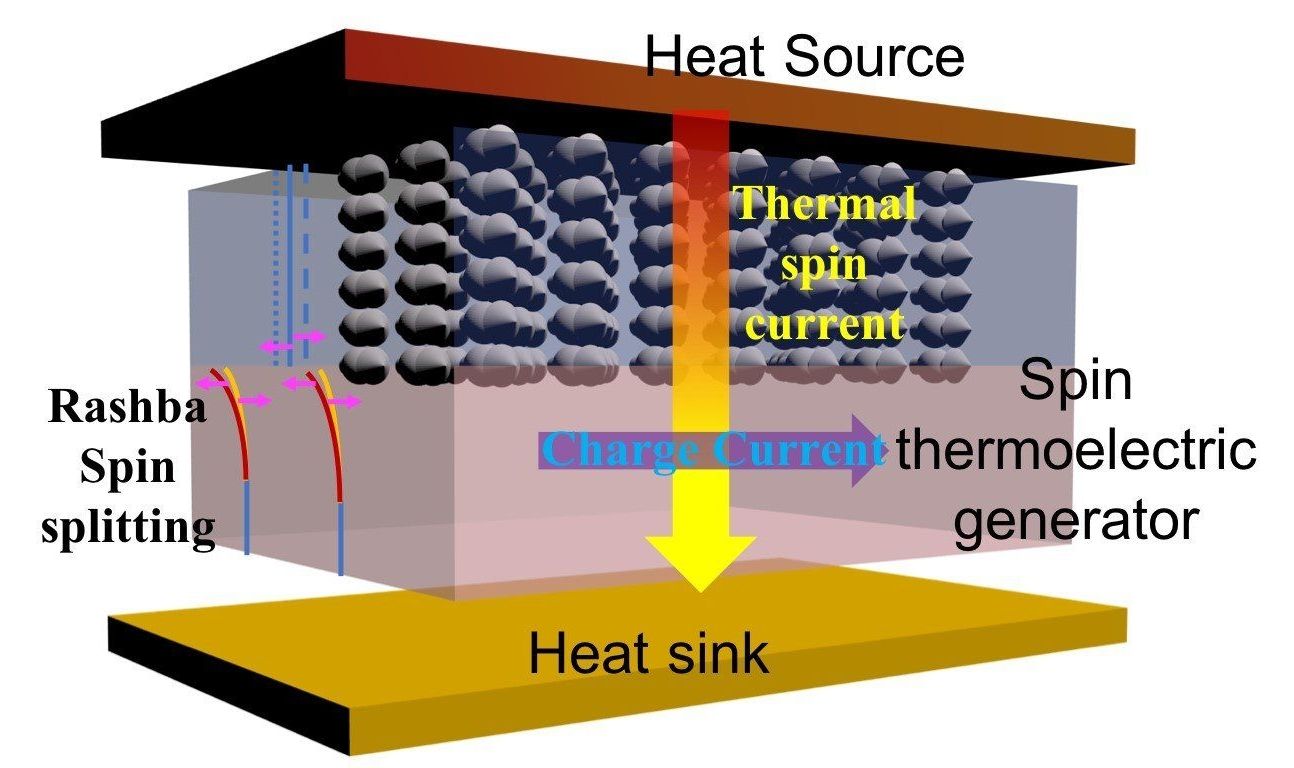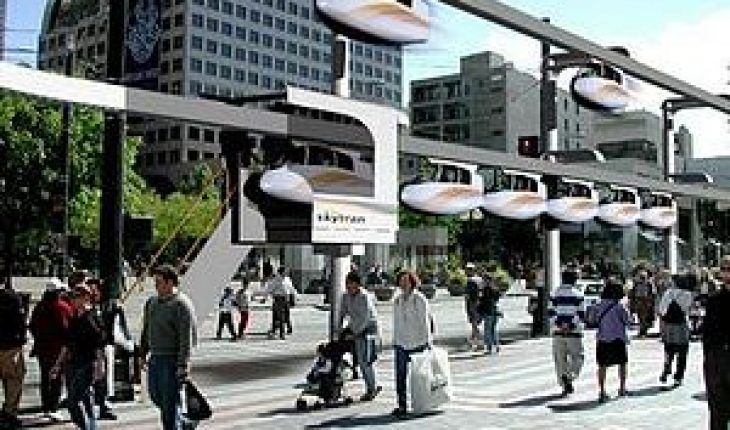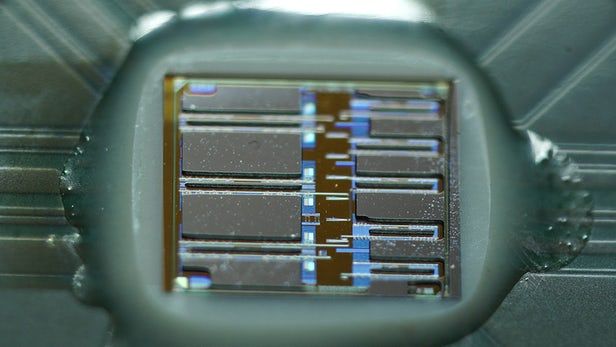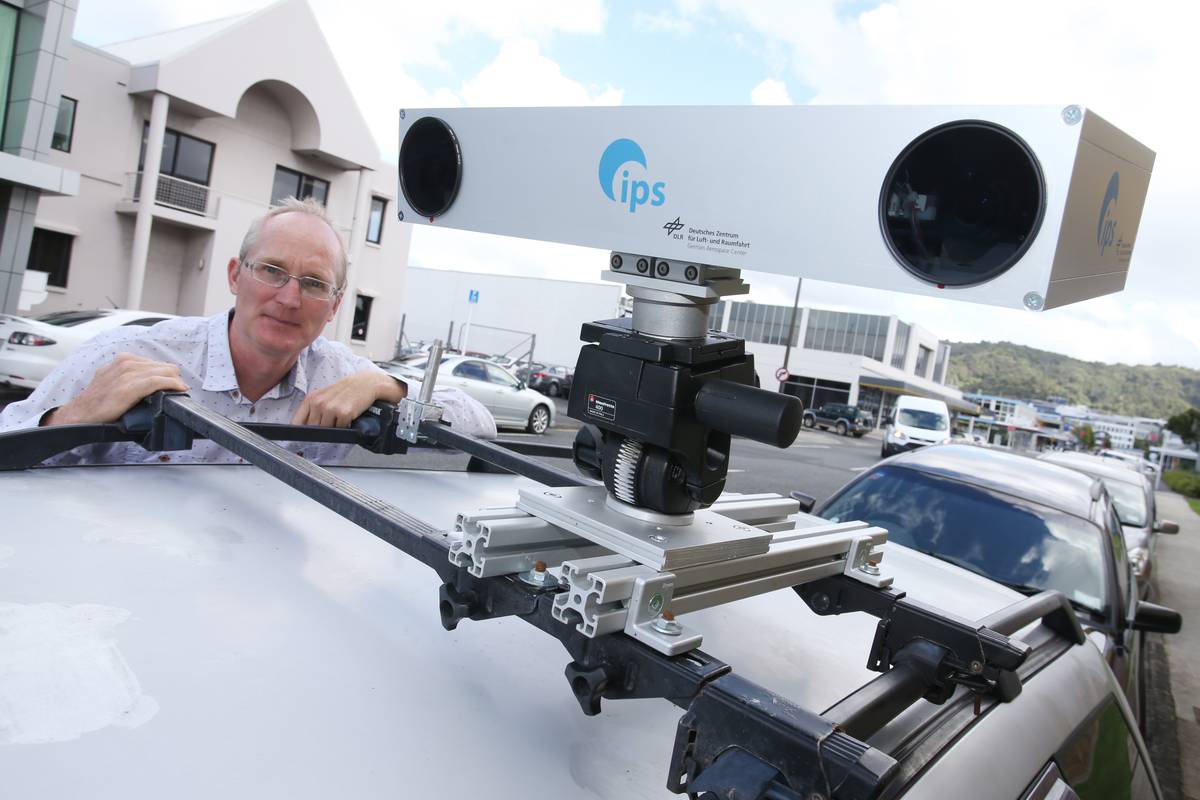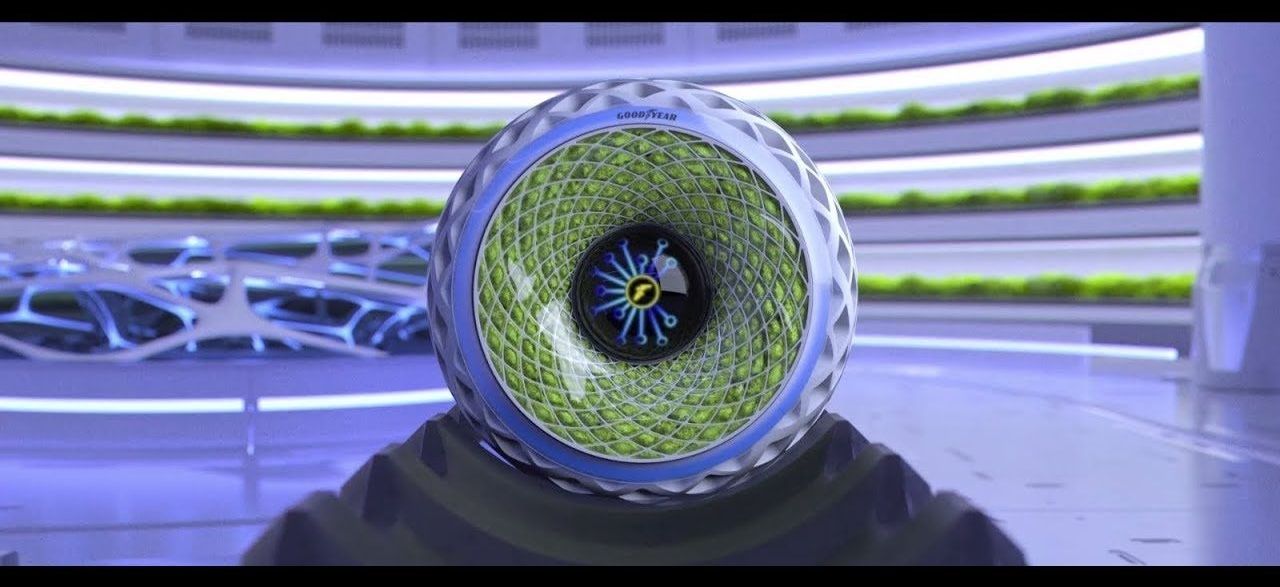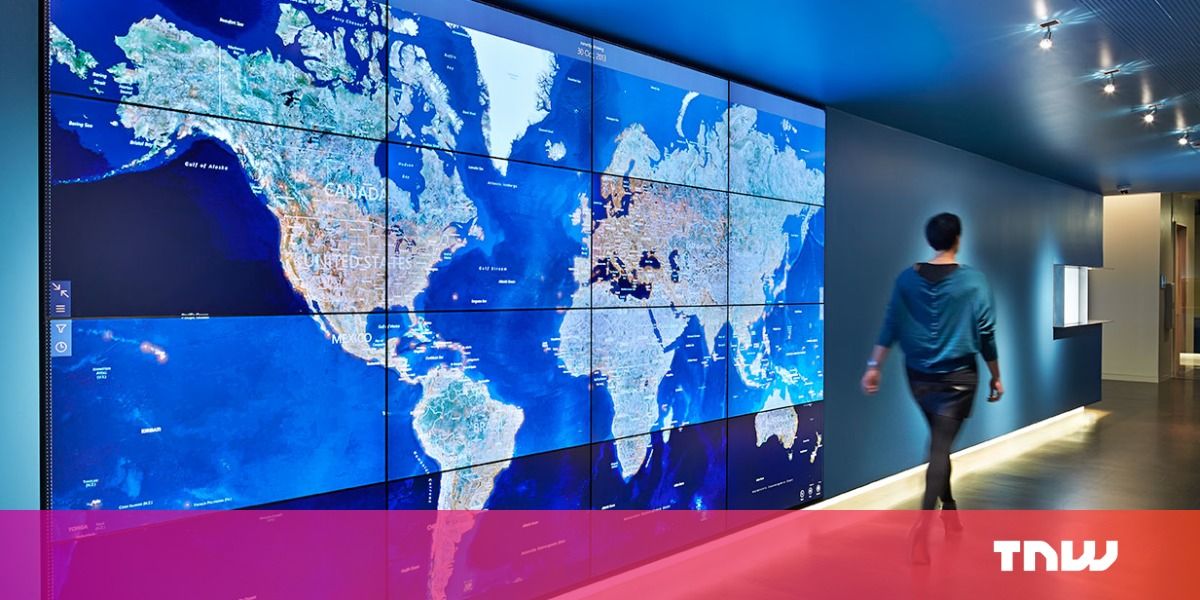How close are we really to space travel? Our featured contributor Lola Akinmade Åkerström talks to Space Nation, a company that’s researching both space tourism and how space technology can help us on Earth.
Thanks to Google, it can often feel like there are no mysterious places left on earth to explore—and finding new places to call the ‘final’ frontier seems increasingly difficult. Even the Pacific Ocean’s Marianna Trench, at over 36,000 feet deep and arguably the most legit final frontier on earth, has been explored by Hollywood director James Cameron in a submersible. As a result, the past few decades have seen us looking upwards to the most mysterious of places: Our own galaxy.
Blockbuster movies set in space and fictional alien encounters continue to intrigue us. Space discovery programs on TV science channels continually pique our curiosity. Even kids’ cartoons such as the 1960s American series The Jetsons brought the concept of commercial space travel closer to us, thanks to its flying space cars, pod-like apartments, and a robot maid called Rosie.

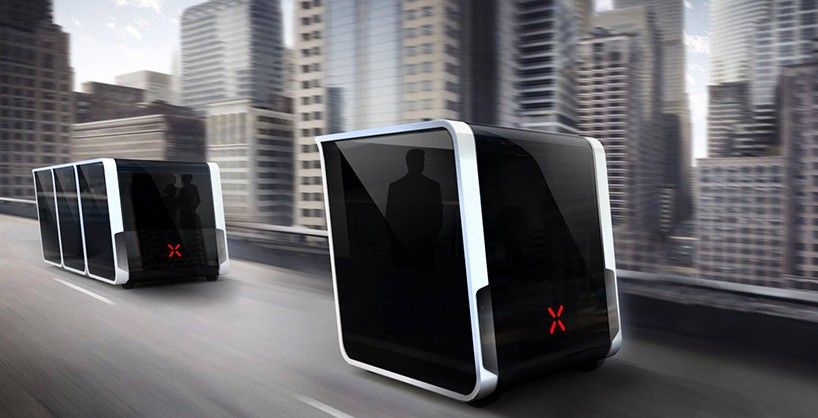
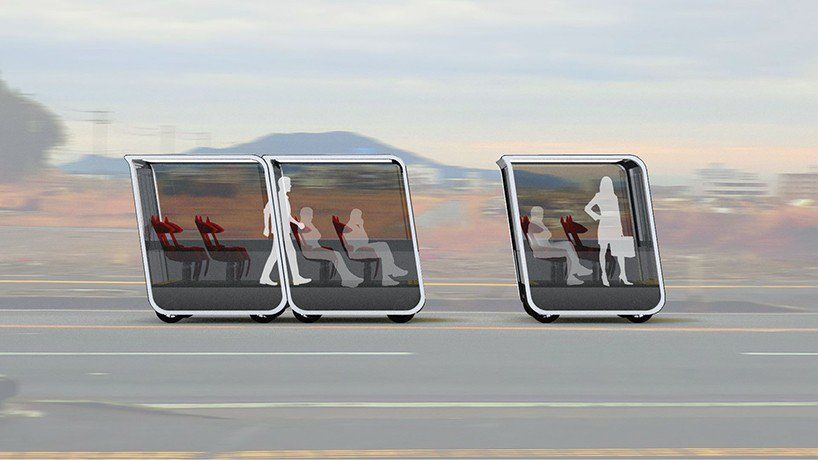 once linked, passengers would be able to walk between modules
once linked, passengers would be able to walk between modules 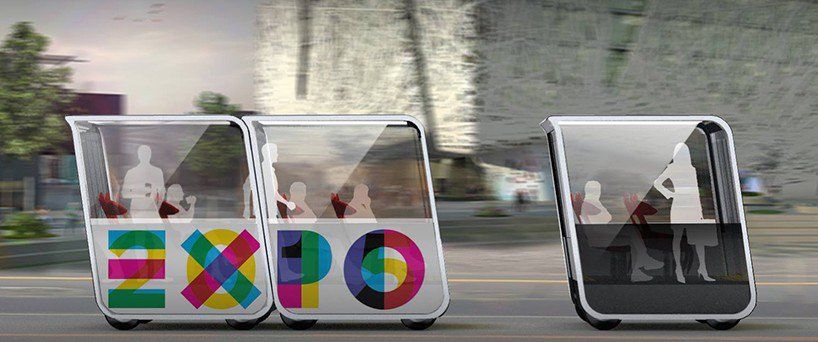 the modules would be individualized
the modules would be individualized  shipping and goods transportation could be adapted
shipping and goods transportation could be adapted 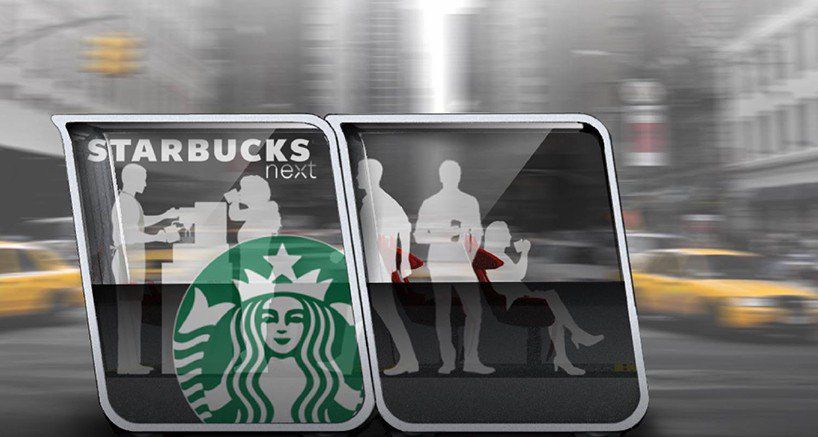 companies would offer specific modules to the system piotr boruslawski I designboom.
companies would offer specific modules to the system piotr boruslawski I designboom.